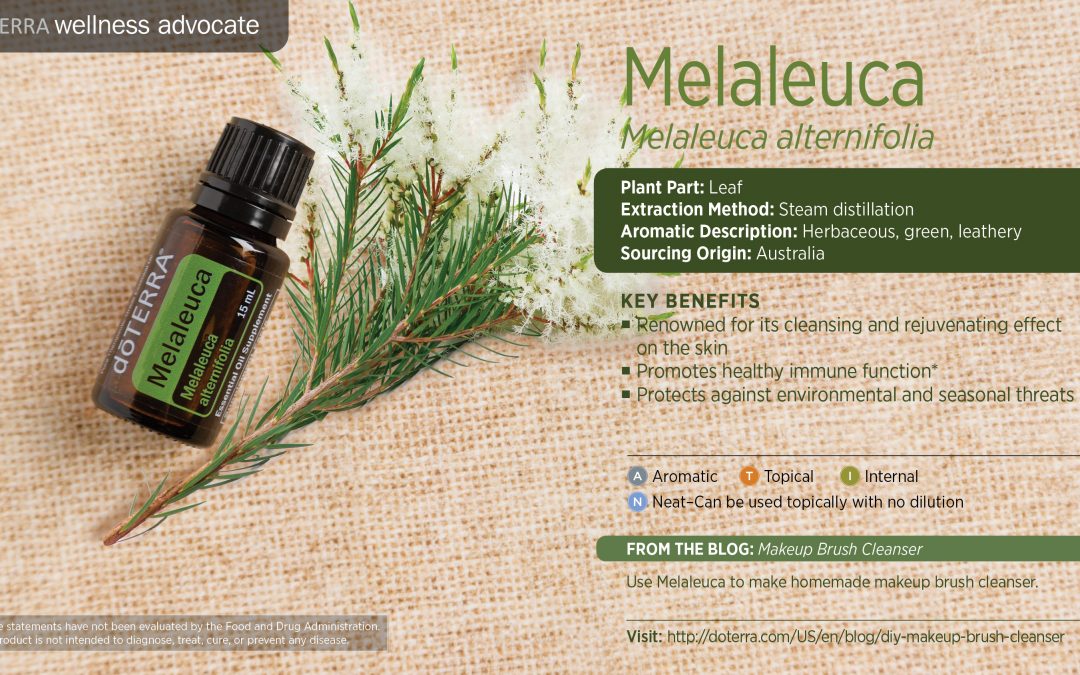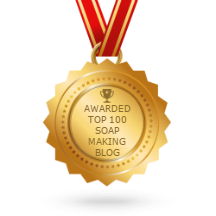Essential Oils: 5 Tea Tree Oil Treatments
So it turns out the tea tree is good for more than just making Captain Cook’s favourite infusion. This humble antipodean shrub is the source of an essential oil that can prove invaluable for the more oily among us, and has some further flung uses as well! We love it so much that we’ve used it in our amazing Tea Tree & Green Clay soap – but here are some other uses that you might not have known about.
This information is not intended to diagnose, treat, cure or prevent any disease. The information on this site is not intended or implied to be a substitute for professional medical advice, diagnosis or treatment. Please confirm any information obtained from or through this web site with other sources, and review all information regarding any medical condition or treatment with your physician. Never disregard professional medical advice or delay seeking medical treatment because of something you have read on this website.
Number 1: Treat mild to moderate acne with fewer side effects
If we didn’t suffer ourselves, we all know someone who has. What’s worse is that it was probably during puberty, which made for a perfect cocktail of misery. But don’t despair, help is on the way! Solutions containing as little as 5% tea tree oil have been shown to significantly reduce symptoms in mild to moderate acne. While results can be a little slower than other conventional treatments, it has fewer side effects (particularly irritation), so it’s certainly worth a try for anyone who has had trouble with other regimens. And tea tree oil is even more effective if you change your pillow case every day. I know that sounds a bit too much like work, but it also helps with…
Number 2: Getting your scalp flake free and under control
Dandruff might be more bearable than acne, but it seems to come with less sympathy and more judgement from those around us. It’s probably partly because it doesn’t look as painful, and even just the description of the symptoms is enough to put you off your tea: Scaliness, itchiness, greasiness. Lucky for you all three of these are reduced by, once again, as little as 5% tea tree oil shampoo.
Number 3: Antifungal and Anti-inflammatory
Your face and scalp aren’t the only topical applications of tea tree oil. Tea tree oil has been shown to disrupt the very cells that make up fungus, even in very low concentrations, so it is a valuable supplement to any treatment for fungal infection. Tea tree oil also reduces histamine induced inflammation of the skin. This means that if you’re unlucky enough to rub up against anything you’re allergic to, a quick application of tea tree oil can significantly reduce how uncomfortable the next few hours will be.
Number 4: Inhibit E. Coli and Methicillin Resistant Staph
Tea tree oil is useful for dealing with some rather tricky and dangerous bacteria as well, even some that have become resistant to more modern approaches. It does this by interfering with cellular respiration, or how the cell “breathes”. This has only been demonstrated outside of the body (so far) so adding a few drops to whatever you use to clean your surfaces is the best way to take advantage of this one.
Number 5: Antiviral for Plants
It’s not just human afflictions that can be diminished with the tactical application of tea tree oil. If the labour of your green thumbs is being undermined by a virus attacking your plants tea tree oil could help turn the tide. Tea tree oil interferes with the functioning of the very DNA of plant viruses, reducing their effectiveness and saving you from a barren flower bed.



